
Showing all 10 books


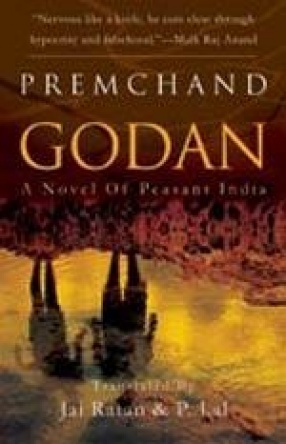

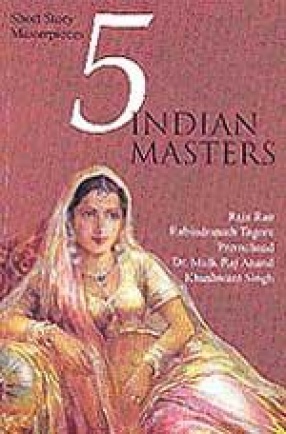

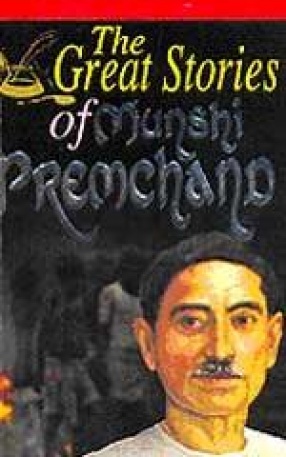
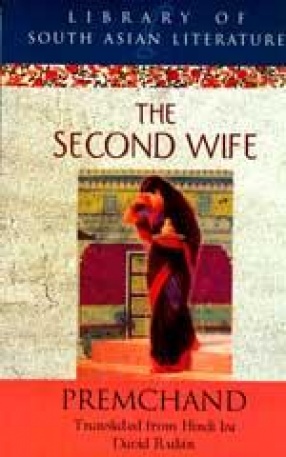

First published in 1925, Rangbhoomi was considered by Premchand to be his best work. Set against the backdrop of colonial India--characterized by a brutal state, opportunistic, feudal landlords and ruthless capitalists—this novel is a grim account of the blind beggar Soordas¹s struggle against the acquisition of his ancestral land. Weaving together themes such as industrialization, atrocities committed by princely states, the role of women in ...

Premchand is the most famous Hindi novelist, and Godaan is Premchand’s most celebrated novel. Economic and social conflict in a north Indian village are brilliantly captured in the story of Hori, a poor farmer, and his family’s struggle for survival and self-respect. Hori does everything he can to fulfill his life’s desire: to own a cow, the peasant’s measure of wealth and well-being. Like many Hindus of his time, he believes that making the gift of a cow ...

Ramanath, the morally weak but physically charming son of a poor but honest government clerk in Allahabad, marries the beautiful Jalpa, whose passion for jewellery involves him in increasingly complex financial and personal relationships, eventually leading to his apparent disgrace, and his flight from home. Shocked into the renunciation of all her finery, Jalpa discovers Ramanath’s whereabouts, only to learn that he has become the willing tool of the Calcutta ...

Godan, Premchand's last completed novel is considered his best work. It is the most realistic interpretation of Indian village society, the backbone of India. It is a story of changing people, hungry and sem-starved, yet hopeful and optimistic, in the truest spirit of the age it represents.

Ramanath, the morally weak but physically charming son of a poor but honest government clerk in Allahabad, marries the beautiful Jalpa. Her passion for jewellery, inculcated from early childhood, involves her husband in increasingly complex financial and personal relationships, and eventually leads to his apparent disgrace, and his flight from home. Shocked into the renunciation of all her finery. Jalpa discovers Ramanath’s whereabouts by a ...
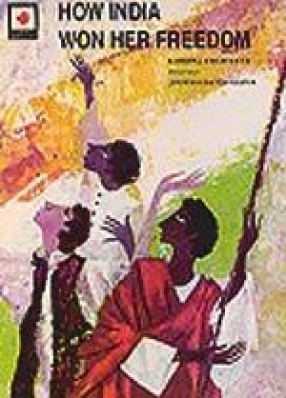
This set includes 3 illustrated books for children. 1. How India Won Her Freedom. 2. Festival of Eid. 3. Tansen the Magical Musician. 1. How India Won Her Freedom: This is the story of how the people of India lost their freedom to Britain and how they fought for many years, and in various ways to win back their freedom. 2. Festival of Eid: A full thirty days after Ramadan comes Eid. 3. Tansen the Magical Musician: Almost exactly in the centre of India is a town ...

This book is a compilation of classic short stories by five great Indian writers – Raja Rao, Rabindranath Tagore, Premchand, Dr Mulk Raj Anand and Khushwant Singh. Though not necessarily representative of the authors' complete works, the stories have been carefully chosen to showcase their versatility and skill as storytellers. The collection covers an extraordinary range of themes, styles and settings, allowing the reader to get a glimpse of another ...

In 1910, Premchand switched from Urdu to Hindi with a story called Bade Ghara Ki Beti with which we have decided to open this collection. The stories have been arranged chronologically, to give the interested reader a clear idea of the development of Premchand as a story writer conscientiously working on and improving his narrative craft over a period of twenty-six years, 1910-1936 with the exception of the last four stories (which have been taken from Kafan, the ...

Munshi Premchand (July 31, 1880-Octber 8, 1936) brought realism to Hindi literature. Premchand wrote on the realistic issues of the day-communalism, corruption, zamindari, debt, poverty, colonialism etc. he avoided the use of highly Sanskritized Hindi and instead used the dialect of the common people. Premchand popularly known as Munshi Premchand was one of the greatest literary figures of modern Hindi literature. Histories vividly portrayed the social scenario ...

Charming and cultivated, Nirmala's only sin is her failure to get husband who would accept her without a dowry. She is married off to a widower... The realistic dramatization of the family events is peculiarly Indian, but based on universal human experience, transcending geographical boundaries and barriers of culture, '... a story of Indian ethos and its cultural impact.'
